Fumihiko Maki creates a minimalist, angular home for the Aga Khan Museum in Toronto
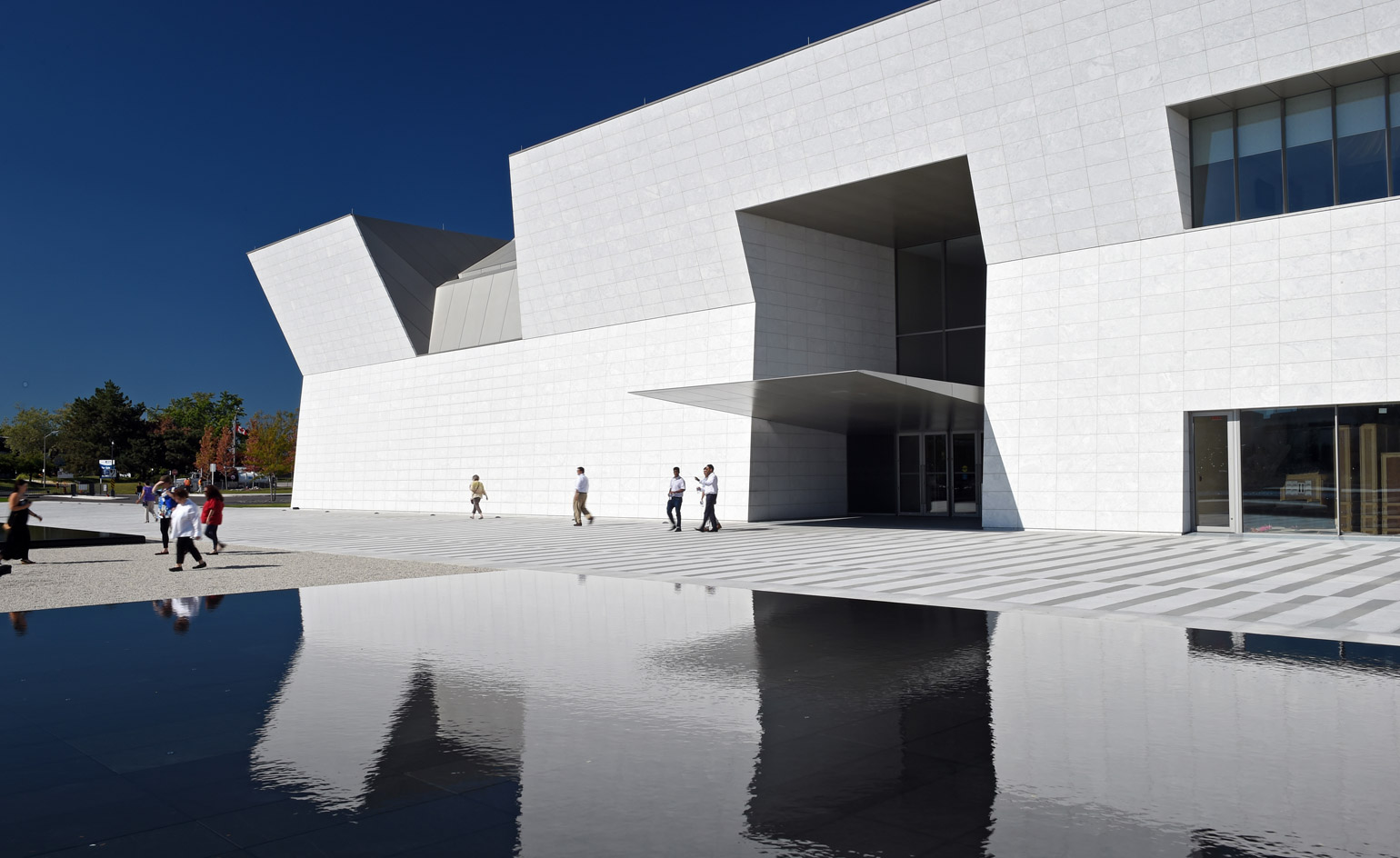
Every monumental museum is inspired by a great collection. In the case of the sparkling white-stone Aga Khan Museum, opening next week in the outskirts of Toronto, it's the 1,000 Muslim texts, architectural elements, fountains, crystal, paintings and shahnameh, or epic poems, amassed by the holy leader of the Ismailis and his ancestors.
When, in 2007, he began a public tour of his private collection, the Aga Khan sought out Fumihiko Maki to fashion its permanent home. A Pritzker Prize-winner from Japan and architect of the Aga Khan Foundation's Canadian headquarters in Ottawa, Maki drew up 10,000 sq m of towering gallery spaces housed within a minimalist angular form - shaped not unlike an open packing box - assembled on a precise grid of 1m Brazilian granite slabs. (He might have used marble had the climate not been so unforgivingly Canadian.)
The angled facades were designed to play with the arc of the sun, throwing light and shadow onto the surrounding terraces and reflecting pools. 'The play of light is the focus,' says Andrew Bernaus of Moriyama & Teshima, architects of record on the project, 'not the design.'
The light effects continue inside, where a small stone courtyard (with a star-shaped drain at the centre and underfloor heating to melt the winter snow) is enclosed in glass etched with a mashrabiya pattern, an ancient Islamic motif reinterpreted by Maki. Light filtered through the patterns splashes on the white walls at different elevations throughout the day. In the upper galleries, built to house the temporary exhibitions, hexagonal skylights, or 'lanterns', introduce shafts of ambient light - the hexagon being symbolic, in the faith, of heaven. Curator Henry Kim, plucked from the Ashmolean Museum in Oxford to run the Aga Khan, says, 'When it's partly cloudy, the natural light raises up the light levels, then the clouds drop it down - so you can see the space breathing.'
Elsewhere the surfaces are flawlessly smooth, from the black granite that conceals the escalators to the slender 10m-high steel columns that anchor the white granite walls. Those walls are soundproofed for acoustics, to foil the high ceilings. Even the exit doors and electrical panels are hidden within the surfaces, invisible to anyone who doesn't know of their existence. Bernaus references Adolf Loos' Ornament and Crime when he says, 'You don't use ornamentation to cover things up just because you can't figure it out.'
In the auditorium, the building's crown jewel, the temperature is controlled from grilles hidden beneath each individual seat. That allows the origami dome, inspired by a bazaar in Iran, to rise unfettered over walls panelled with strips of teak. An angular access staircase spirals around in a hexagonal formation, divine against lapis-blue plaster wall, Maki's only concession to colour.
It's a palette that will please Toronto's Ismaili community, accustomed to the simple, cool aesthetics and vast, naturally lit spaces. Yet Kim, who is collaborating with the Hermitage and Louvre museums on some exhibitions, is adamant his museum offers a secular experience. 'The Muslim population is the "low-hanging fruit", to be sure,' he says, 'but our collection is a primer, for everyone, and part of a trend in Islamic art, which is rising to the surface as a significant artform.'
Wallpaper* Newsletter
Receive our daily digest of inspiration, escapism and design stories from around the world direct to your inbox.
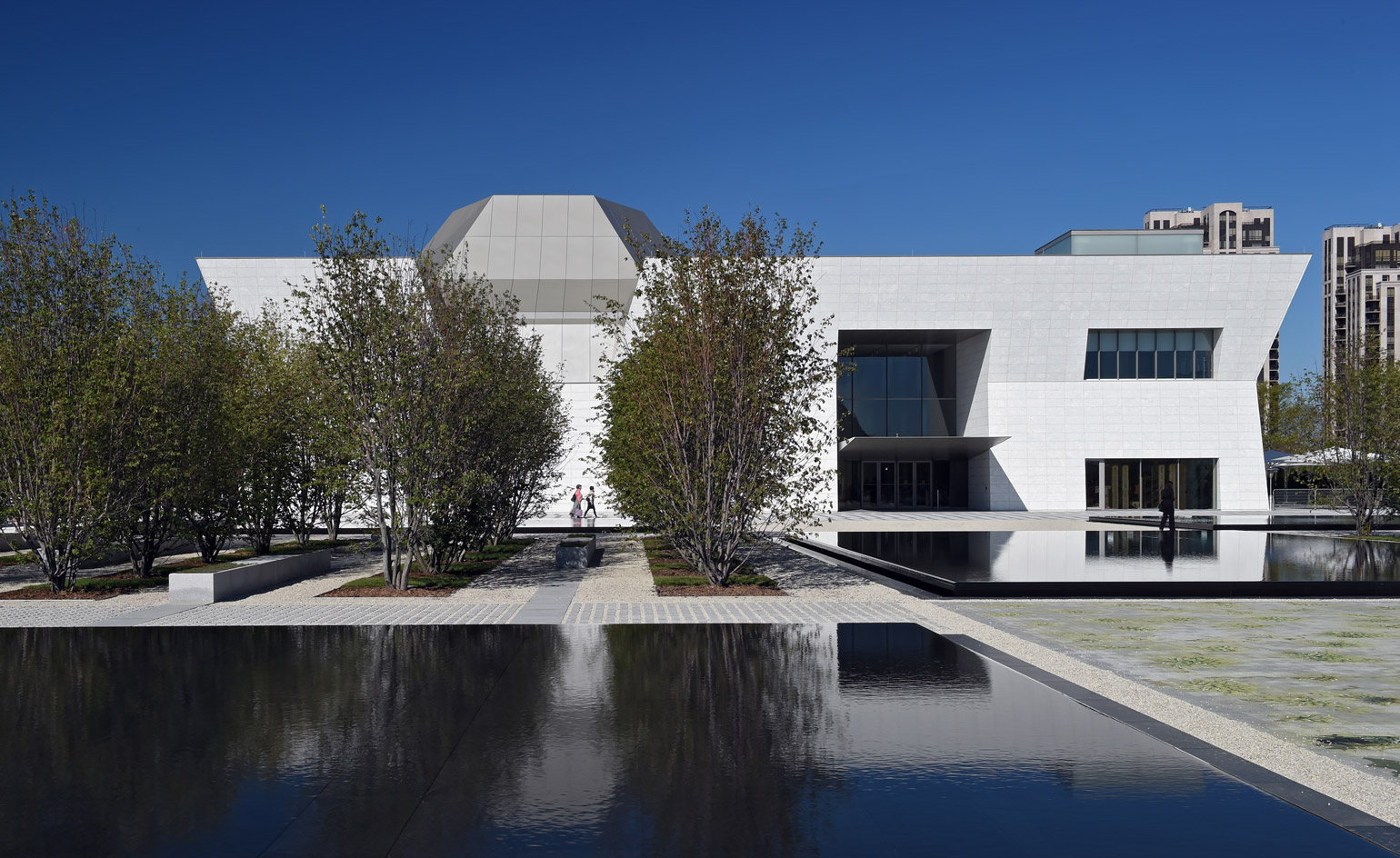
The angled facades were designed to play with the arc of the sun, throwing light and shadow onto the surrounding terraces and reflecting pools
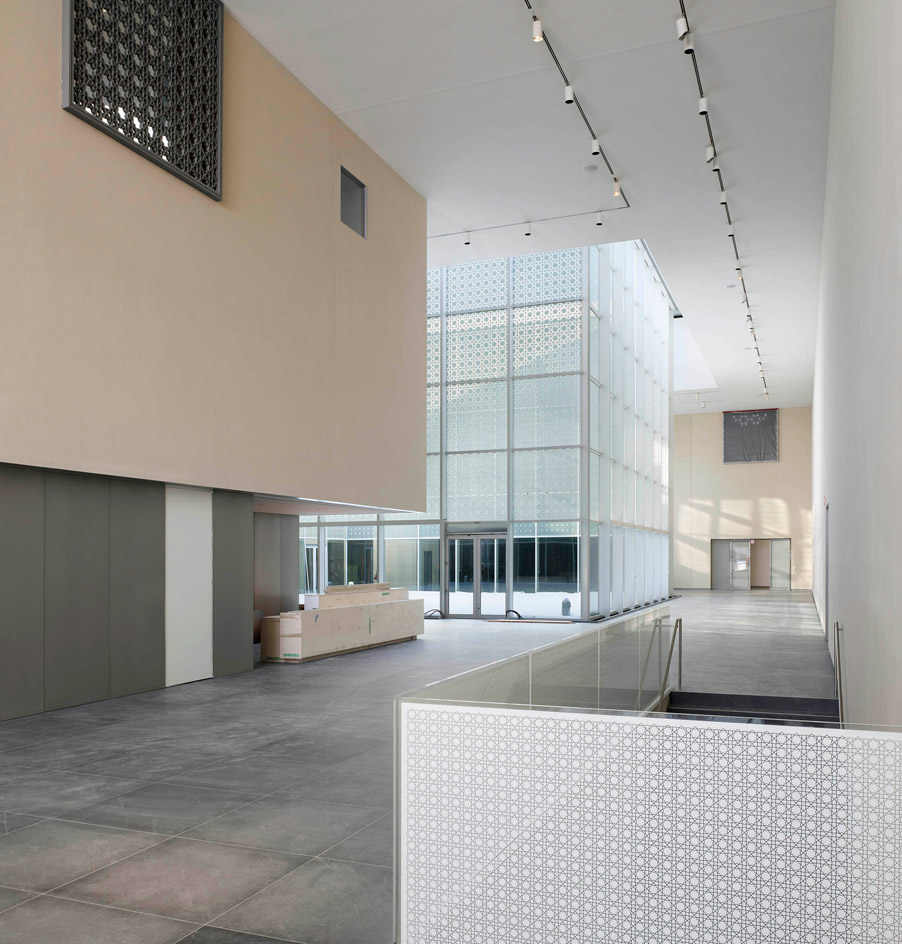
The light effects continue inside, where a small stone courtyard is enclosed in glass etched with a mashrabiya pattern, an ancient Islamic motif reinterpreted by Maki
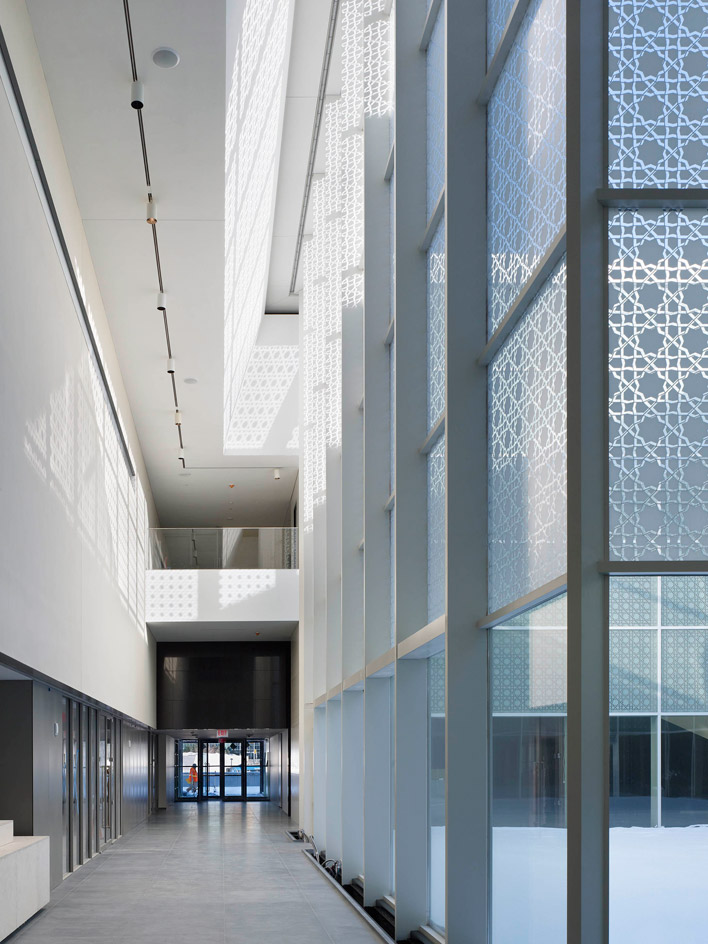
The colour palette will please Toronto's Ismaili community, accustomed to the simple, cool aesthetics and vast, naturally lit spaces
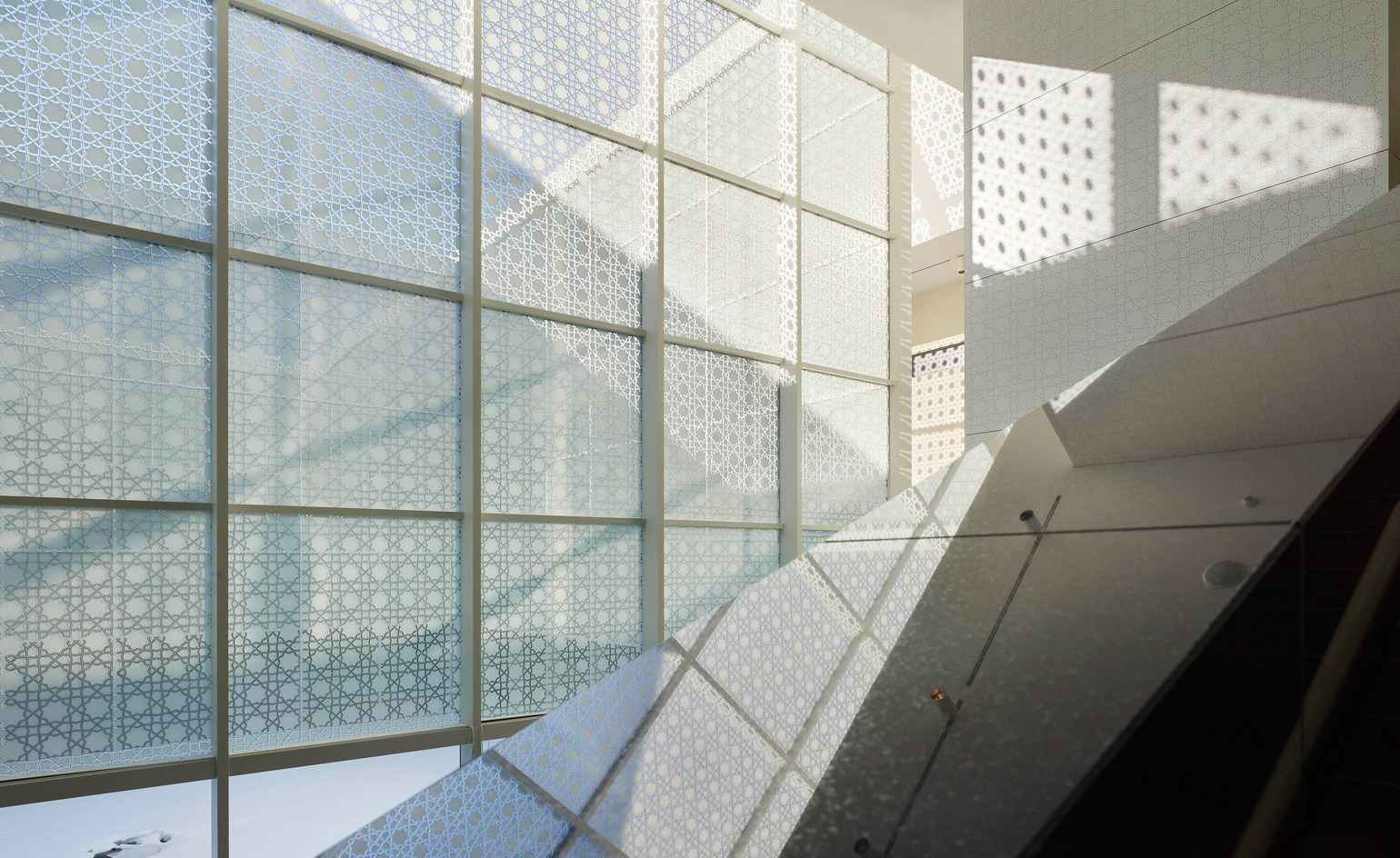
The surfaces are flawlessly smooth, from the black granite that conceals the escalators to the slender 10m-high steel columns that anchor the white granite walls
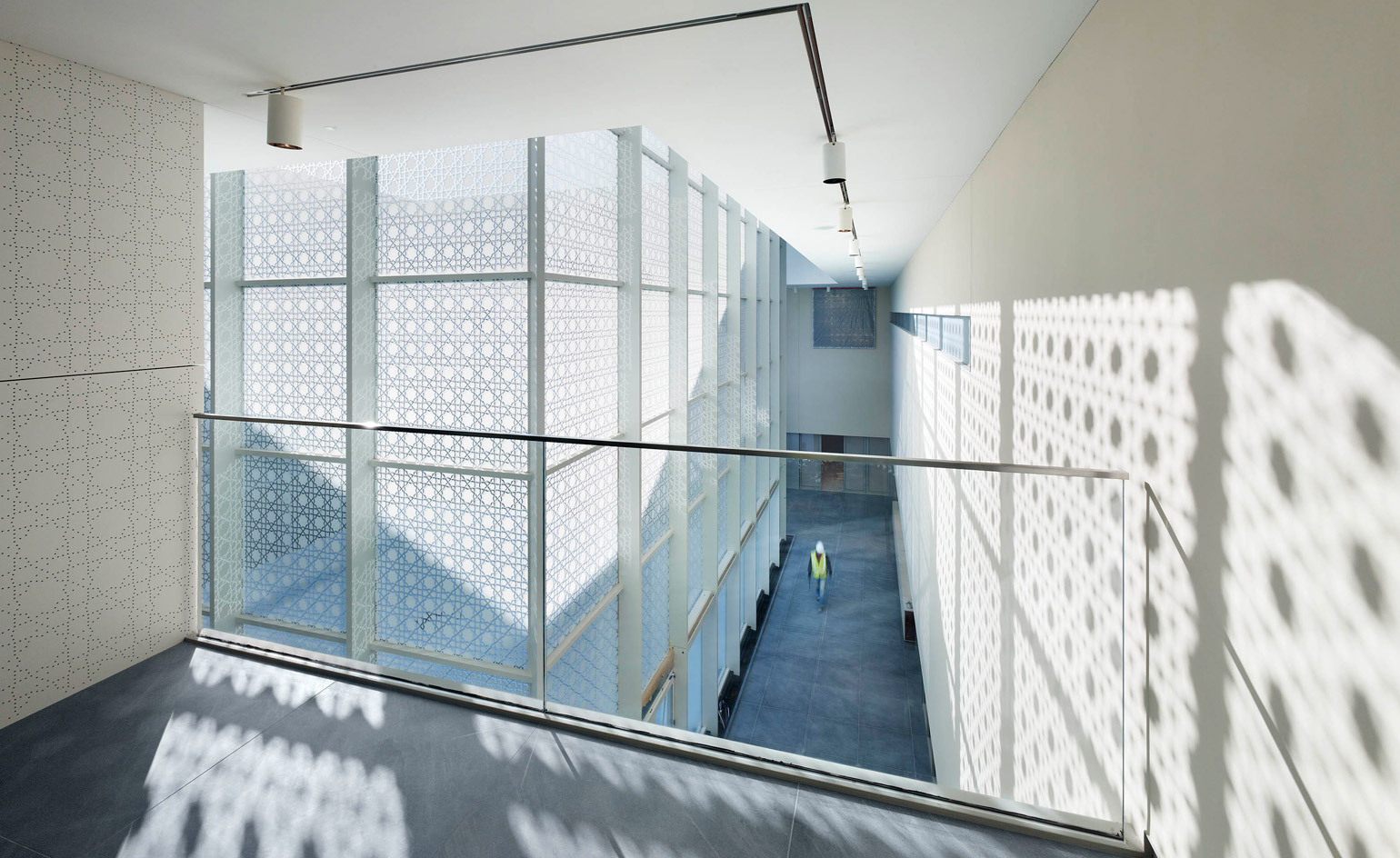
Light filtered through the patterns splashes on the white walls at different elevations throughout the day
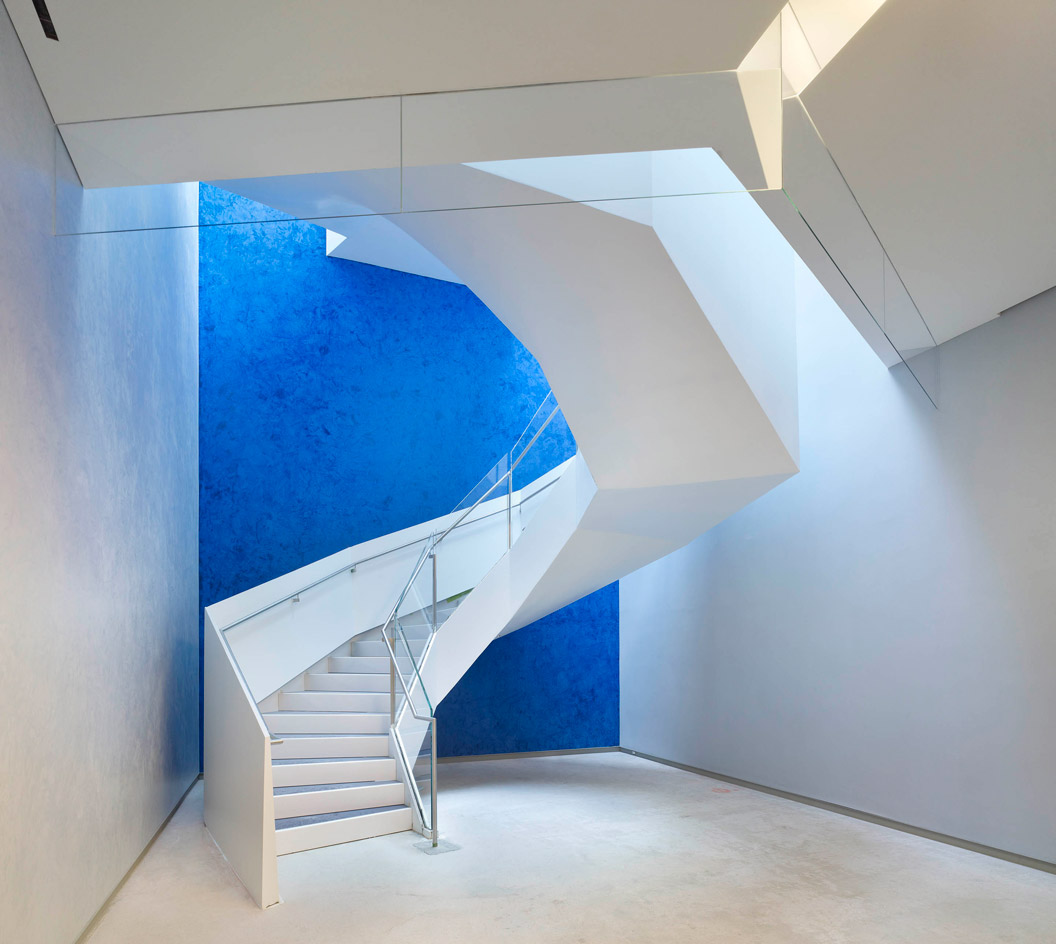
An angular access staircase spirals around in a hexagonal formation, divine against lapis-blue plaster wall, Maki's only concession to colour
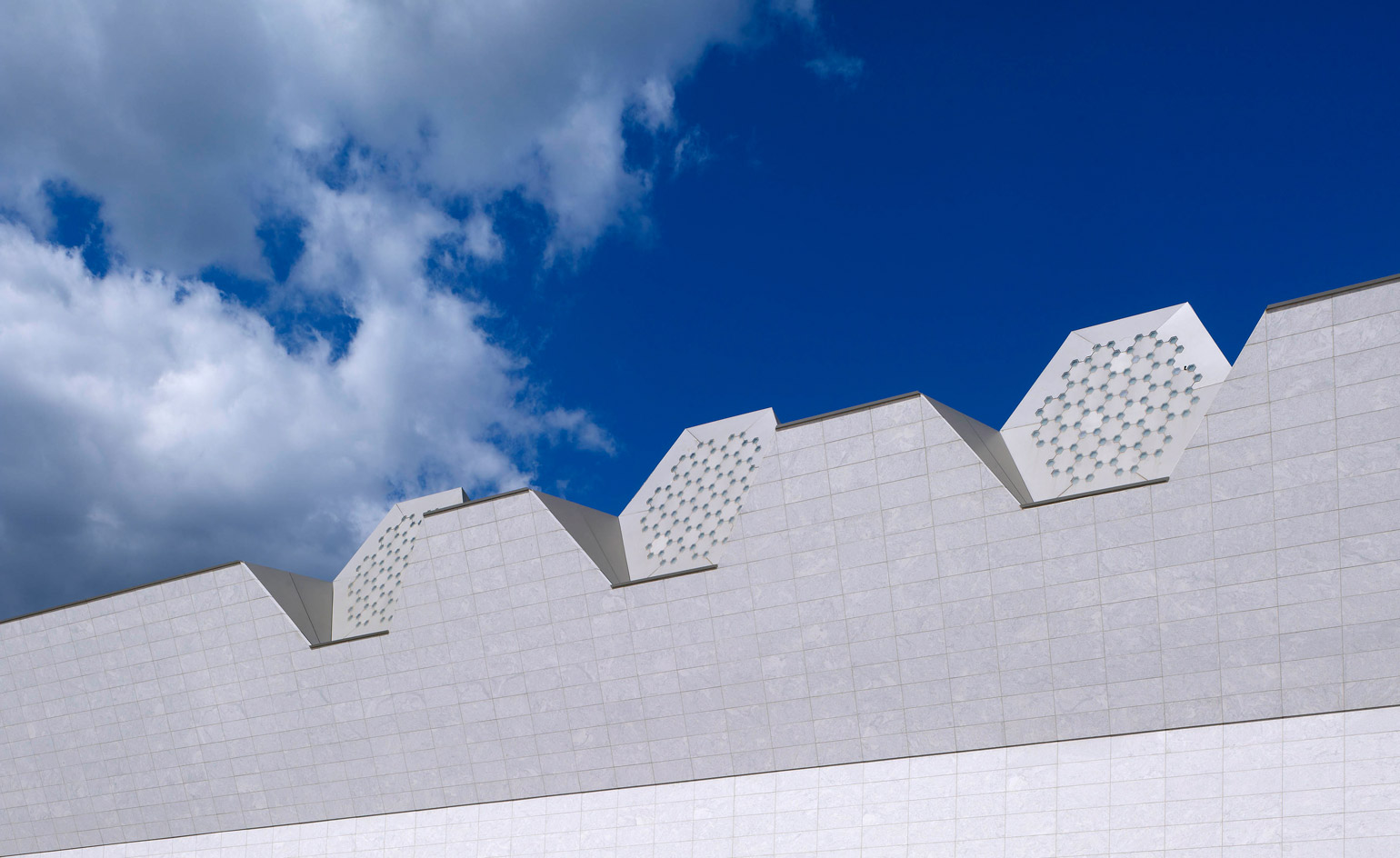
The hexagonal skylights, or 'lanterns', introduce shafts of ambient light - the hexagon being symbolic, in the faith, of heaven
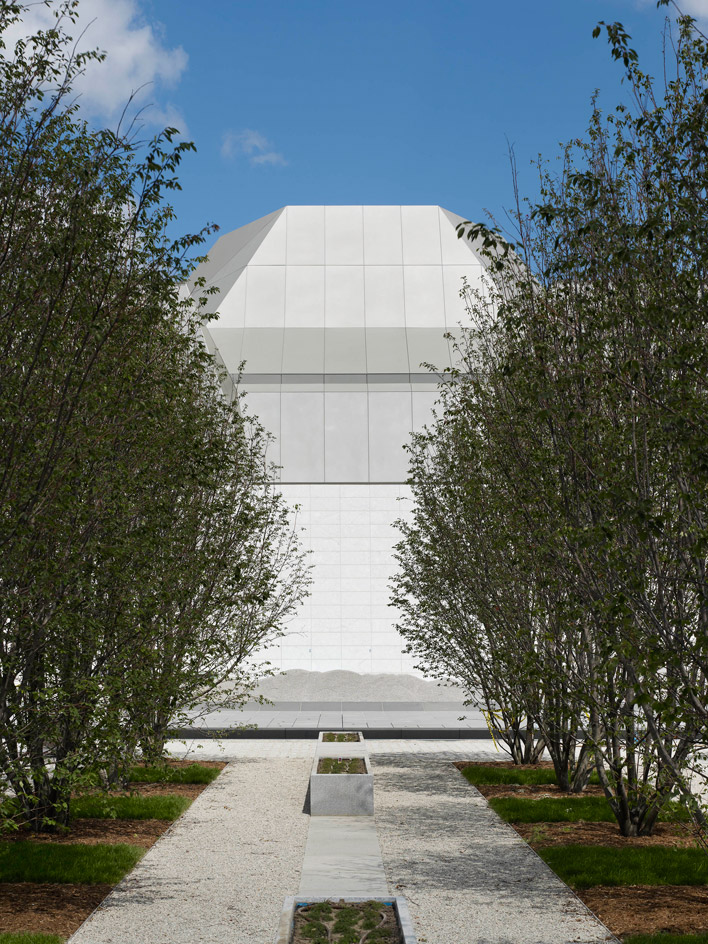
The exit doors and electrical panels are hidden within the surfaces, invisible to anyone who doesn't know of their existence

The Aga Khan Museum will hold a collection of 1,000 Muslim texts, architectural elements, fountains, crystal, paintings and shahnameh, or epic poems, amassed by the holy leader of the Ismailis and his ancestors
Based in London, Ellen Himelfarb travels widely for her reports on architecture and design. Her words appear in The Times, The Telegraph, The World of Interiors, and The Globe and Mail in her native Canada. She has worked with Wallpaper* since 2006.
-
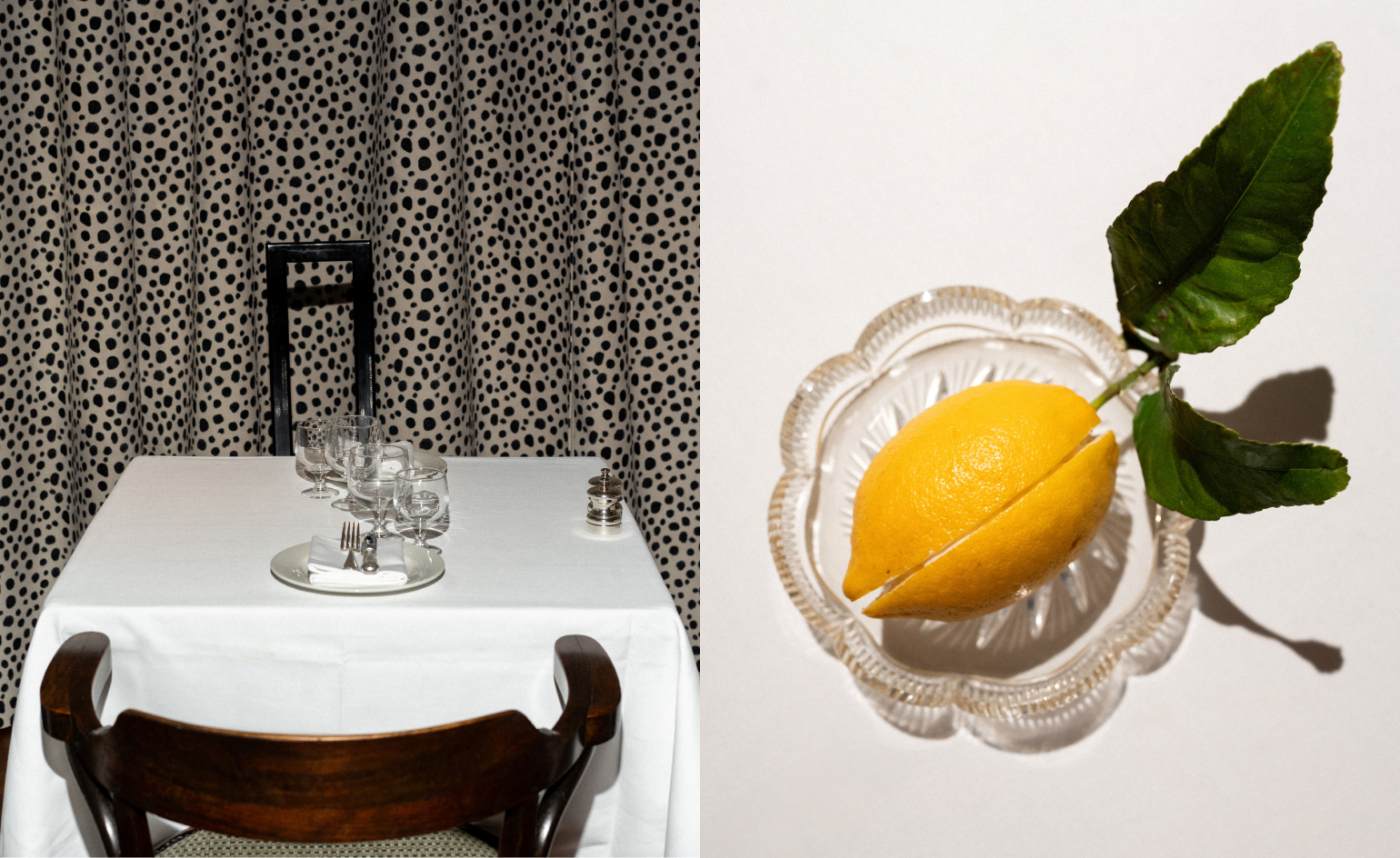 Marylebone restaurant Nina turns up the volume on Italian dining
Marylebone restaurant Nina turns up the volume on Italian diningAt Nina, don’t expect a view of the Amalfi Coast. Do expect pasta, leopard print and industrial chic
By Sofia de la Cruz
-
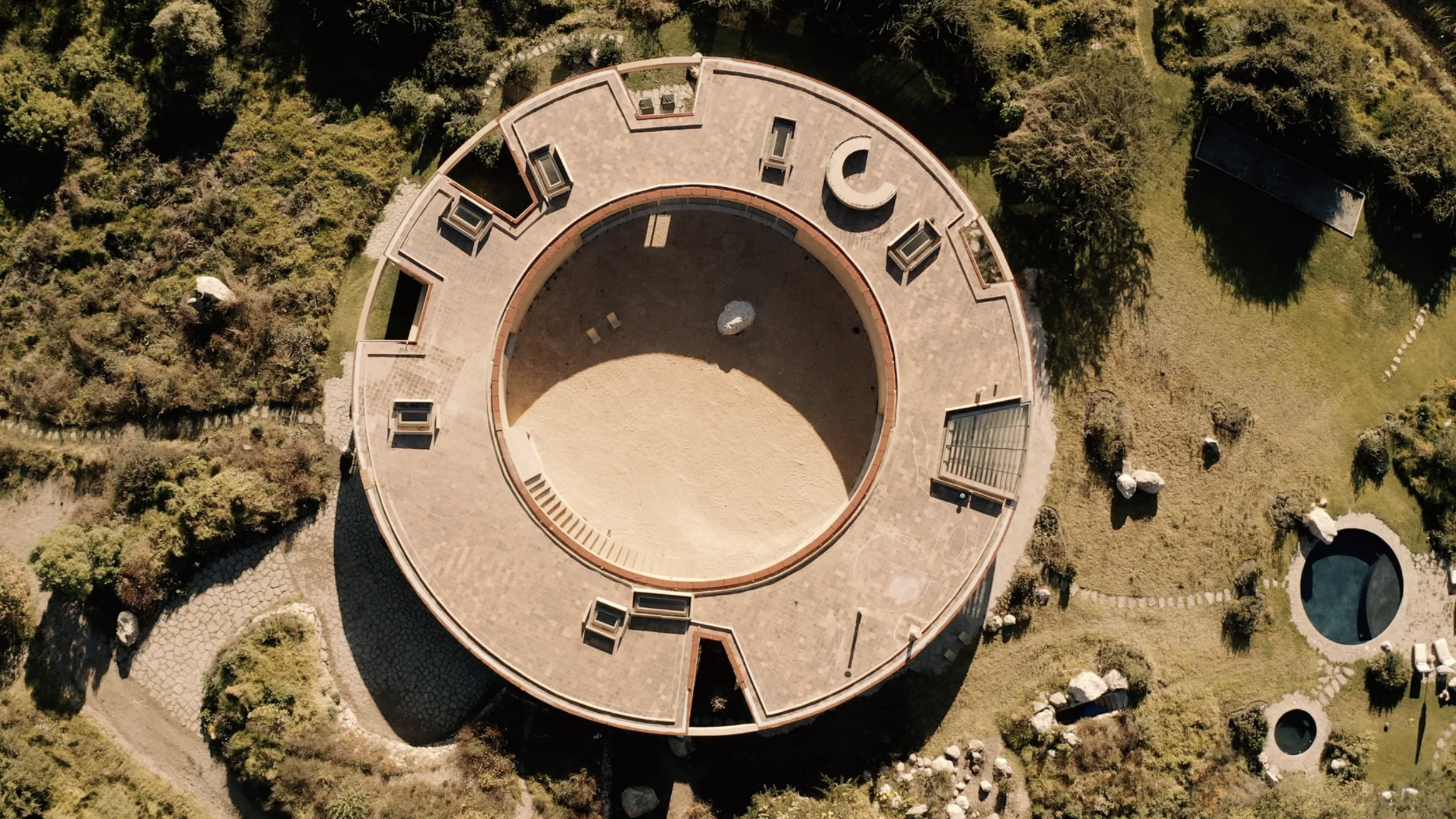 Tour the wonderful homes of ‘Casa Mexicana’, an ode to residential architecture in Mexico
Tour the wonderful homes of ‘Casa Mexicana’, an ode to residential architecture in Mexico‘Casa Mexicana’ is a new book celebrating the country’s residential architecture, highlighting its influence across the world
By Ellie Stathaki
-
 Jonathan Anderson is heading to Dior Men
Jonathan Anderson is heading to Dior MenAfter months of speculation, it has been confirmed this morning that Jonathan Anderson, who left Loewe earlier this year, is the successor to Kim Jones at Dior Men
By Jack Moss
-
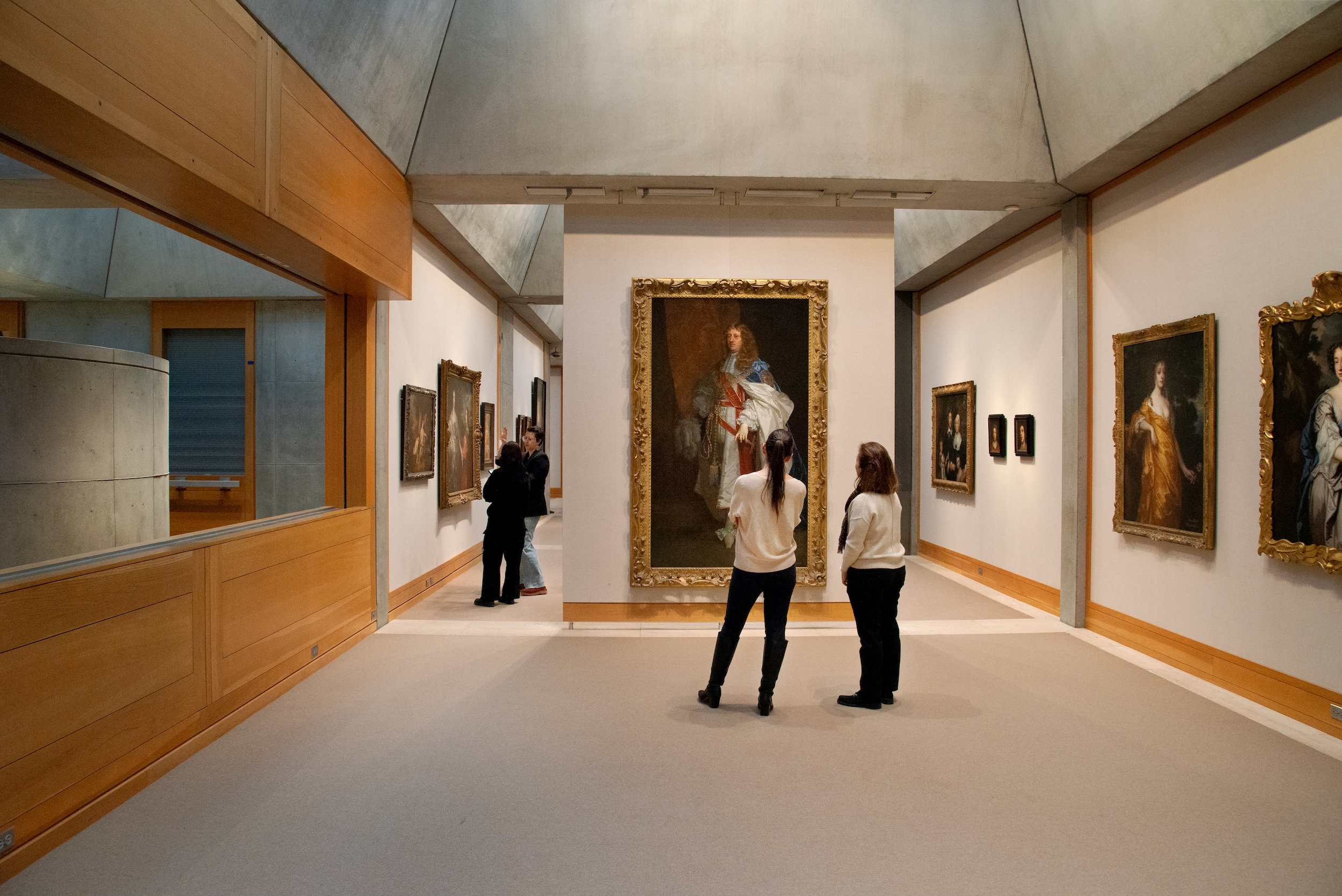 The Yale Center for British Art, Louis Kahn’s final project, glows anew after a two-year closure
The Yale Center for British Art, Louis Kahn’s final project, glows anew after a two-year closureAfter years of restoration, a modernist jewel and a treasure trove of British artwork can be seen in a whole new light
By Anna Fixsen
-
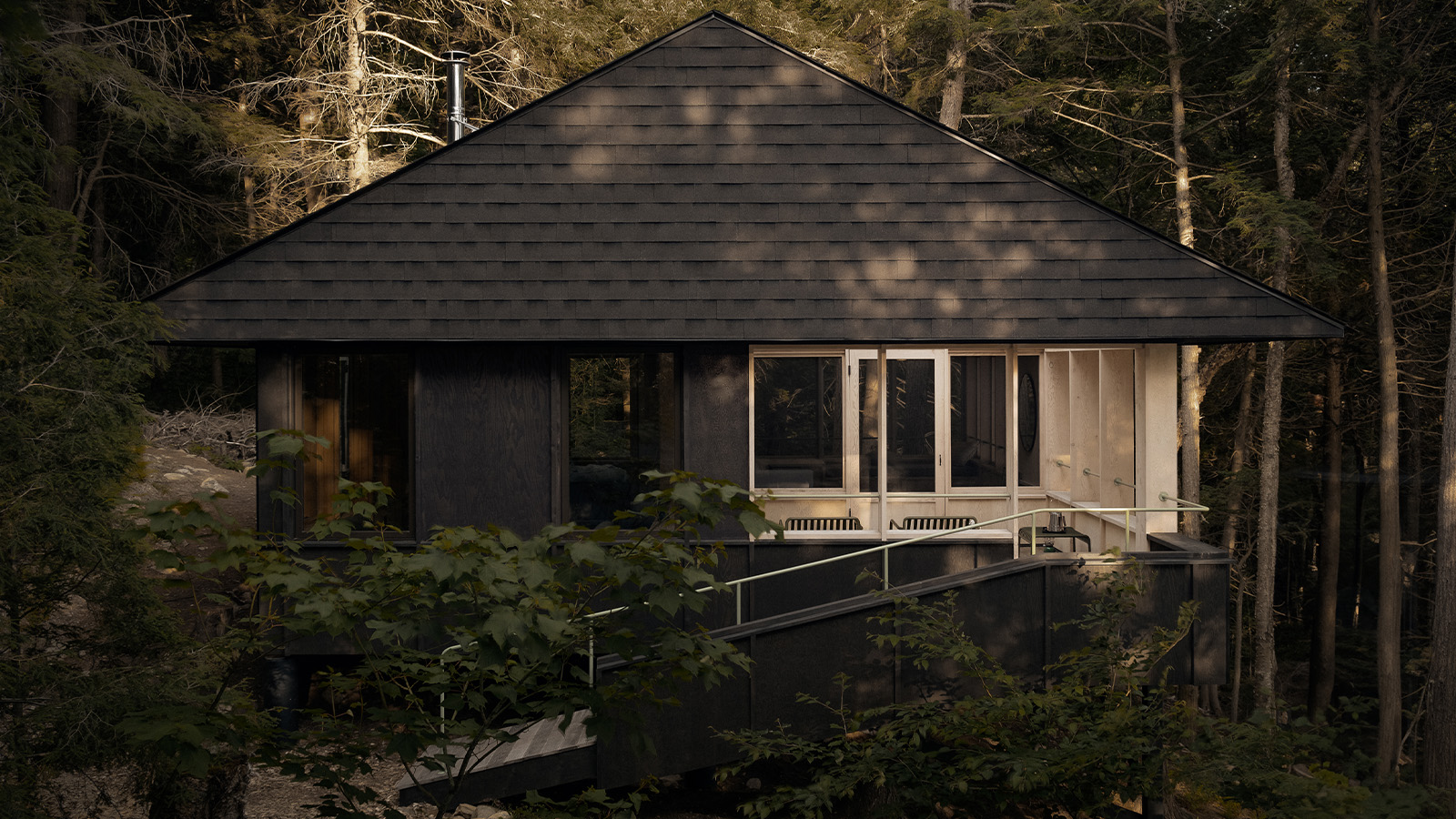 Smoke Lake Cabin is an off-grid hideaway only accessible by boat
Smoke Lake Cabin is an off-grid hideaway only accessible by boatThis Canadian cabin is a modular and de-mountable residence, designed by Anya Moryoussef Architect (AMA) and nestled within Algonquin Provincial Park in Ontario
By Tianna Williams
-
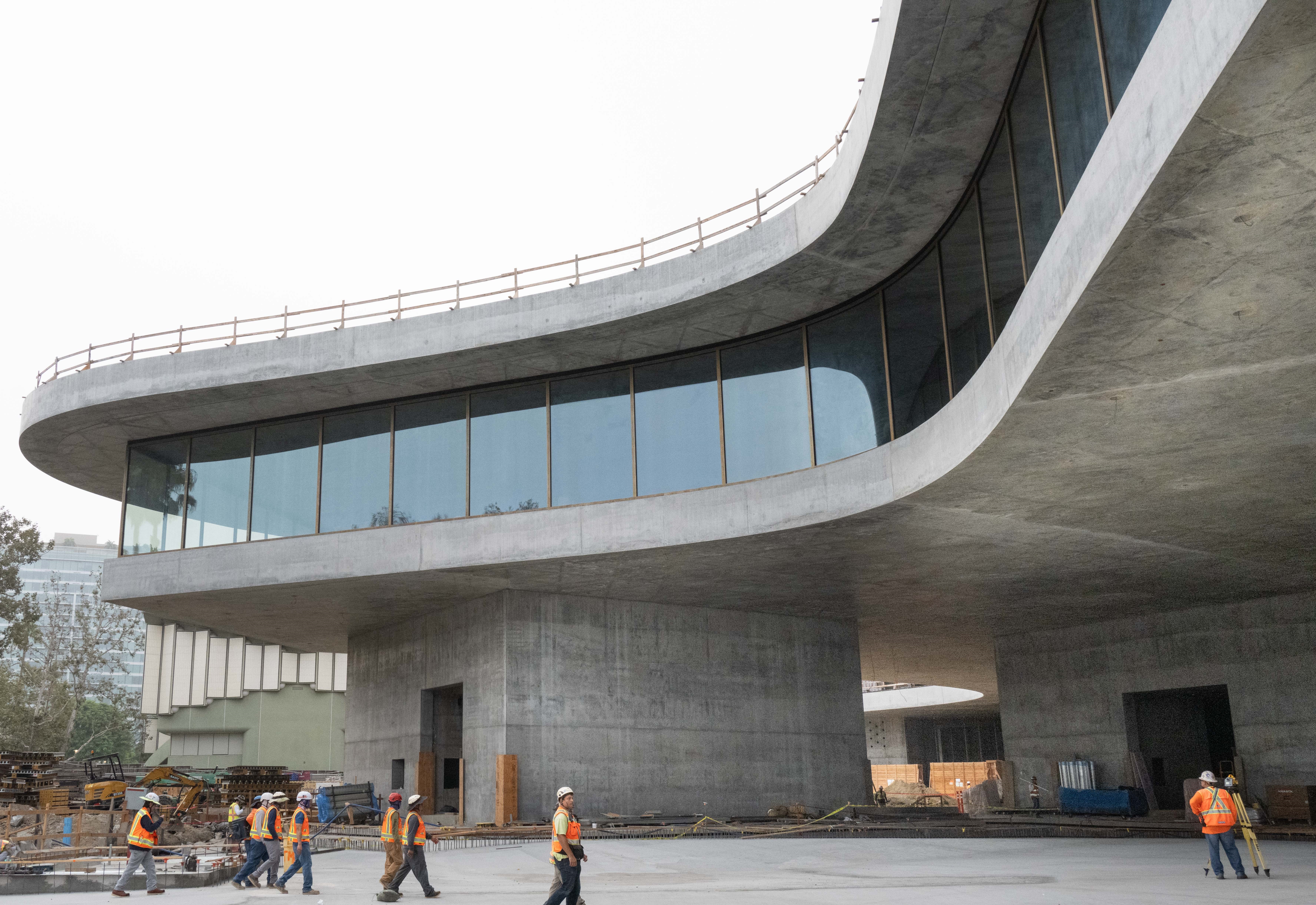 You’ll soon be able to get a sneak peek inside Peter Zumthor’s LACMA expansion
You’ll soon be able to get a sneak peek inside Peter Zumthor’s LACMA expansionBut you’ll still have to wait another year for the grand opening
By Anna Fixsen
-
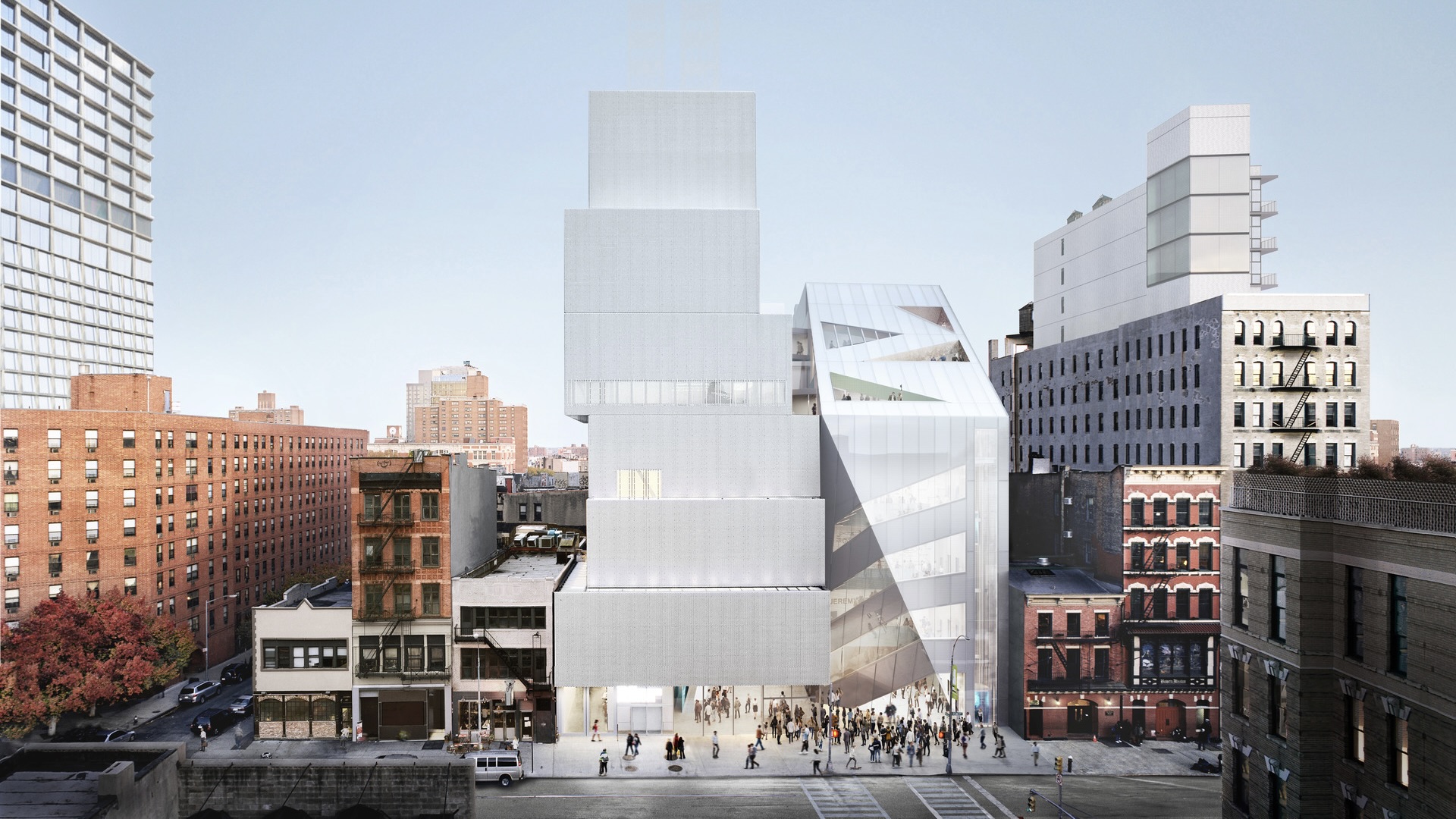 NYC's The New Museum announces an OMA-designed extension
NYC's The New Museum announces an OMA-designed extensionOMA partners including Rem Koolhas and Shohei Shigematsu are designing a new building for Manhattan's only dedicated contemporary art museum
By Anna Solomon
-
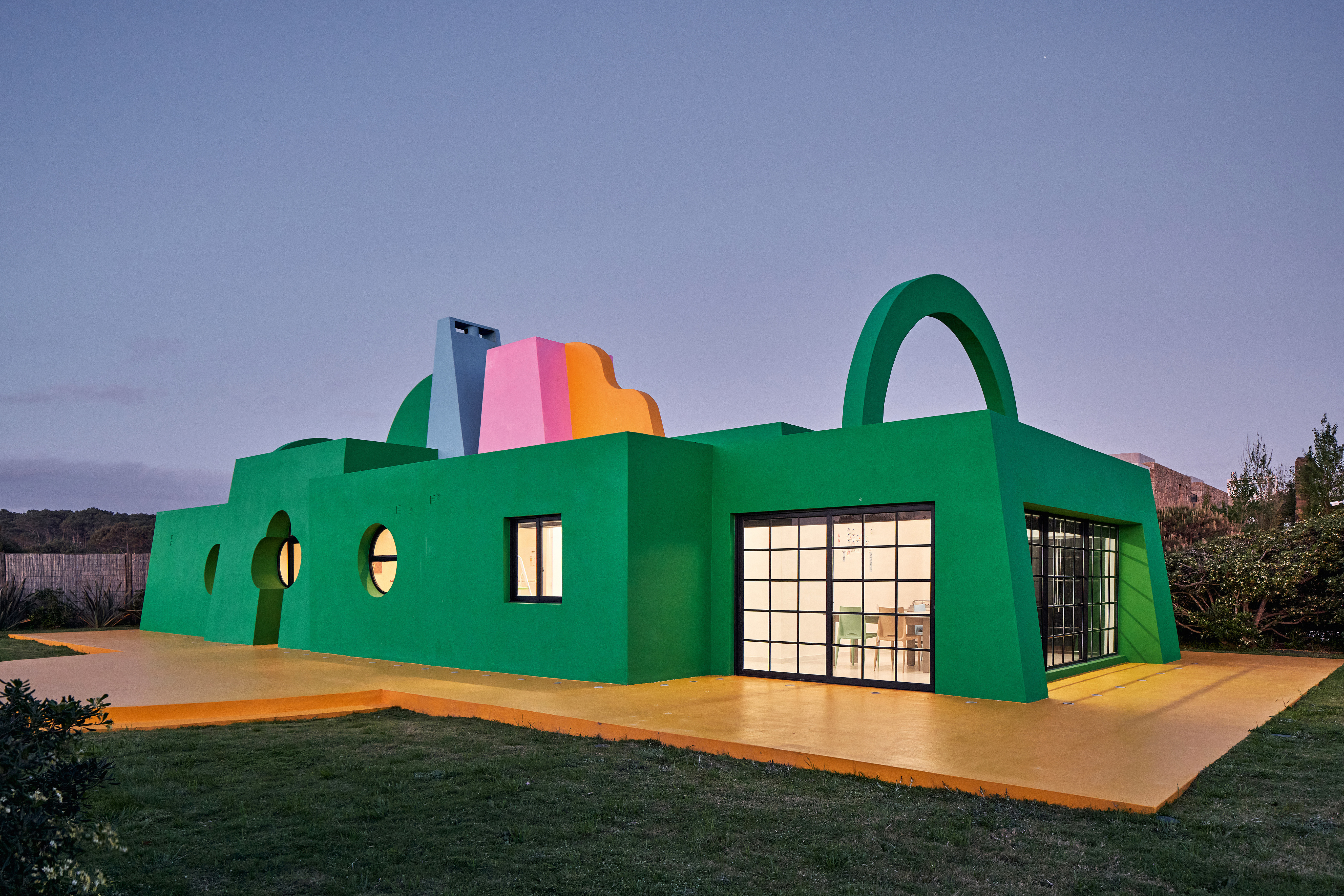 Ten contemporary homes that are pushing the boundaries of architecture
Ten contemporary homes that are pushing the boundaries of architectureA new book detailing 59 visually intriguing and technologically impressive contemporary houses shines a light on how architecture is evolving
By Anna Solomon
-
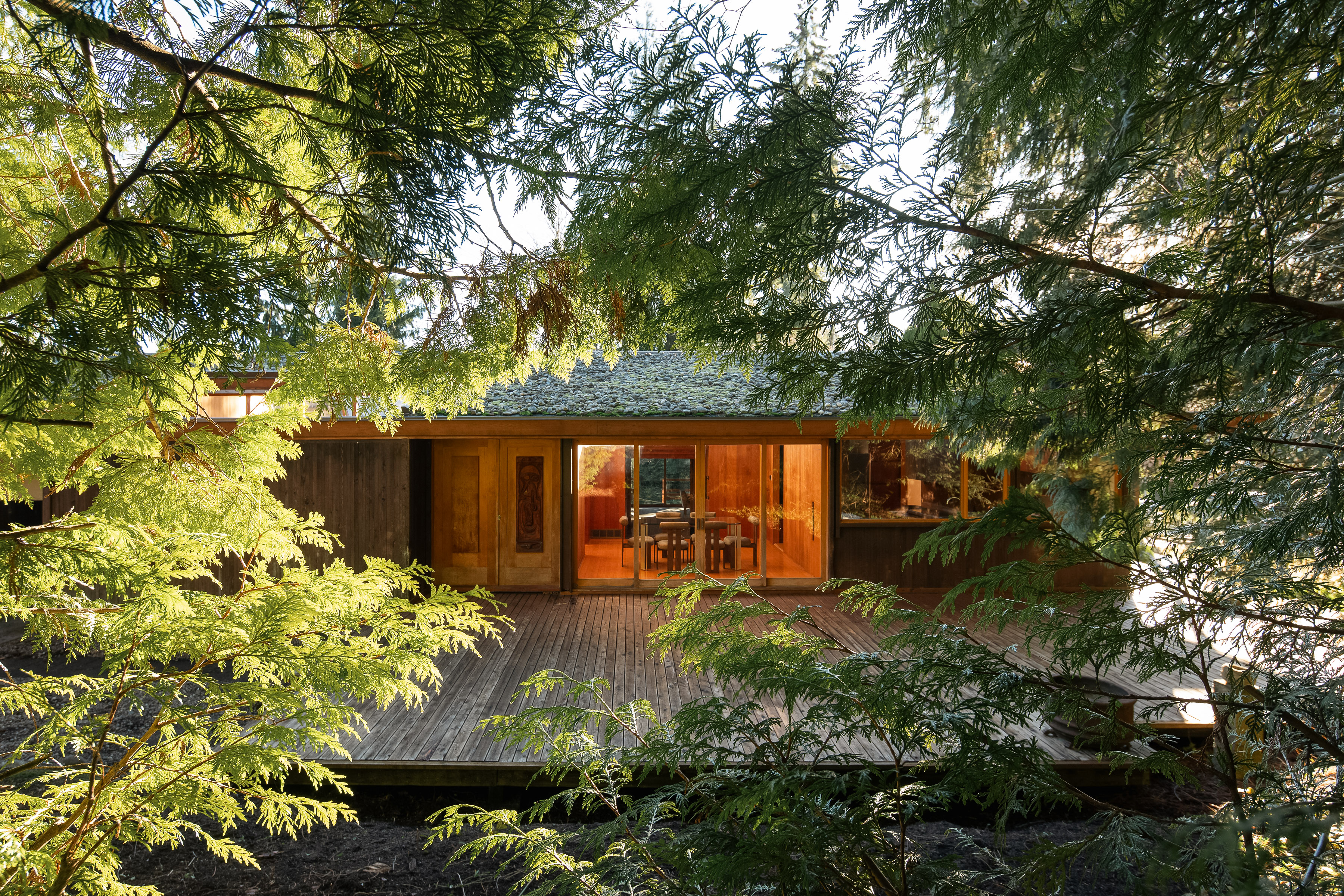 Explore the Perry Estate, a lesser-known Arthur Erickson project in Canada
Explore the Perry Estate, a lesser-known Arthur Erickson project in CanadaThe Perry estate – a residence and studio built for sculptor Frank Perry and often visited by his friend Bill Reid – is now on the market in North Vancouver
By Hadani Ditmars
-
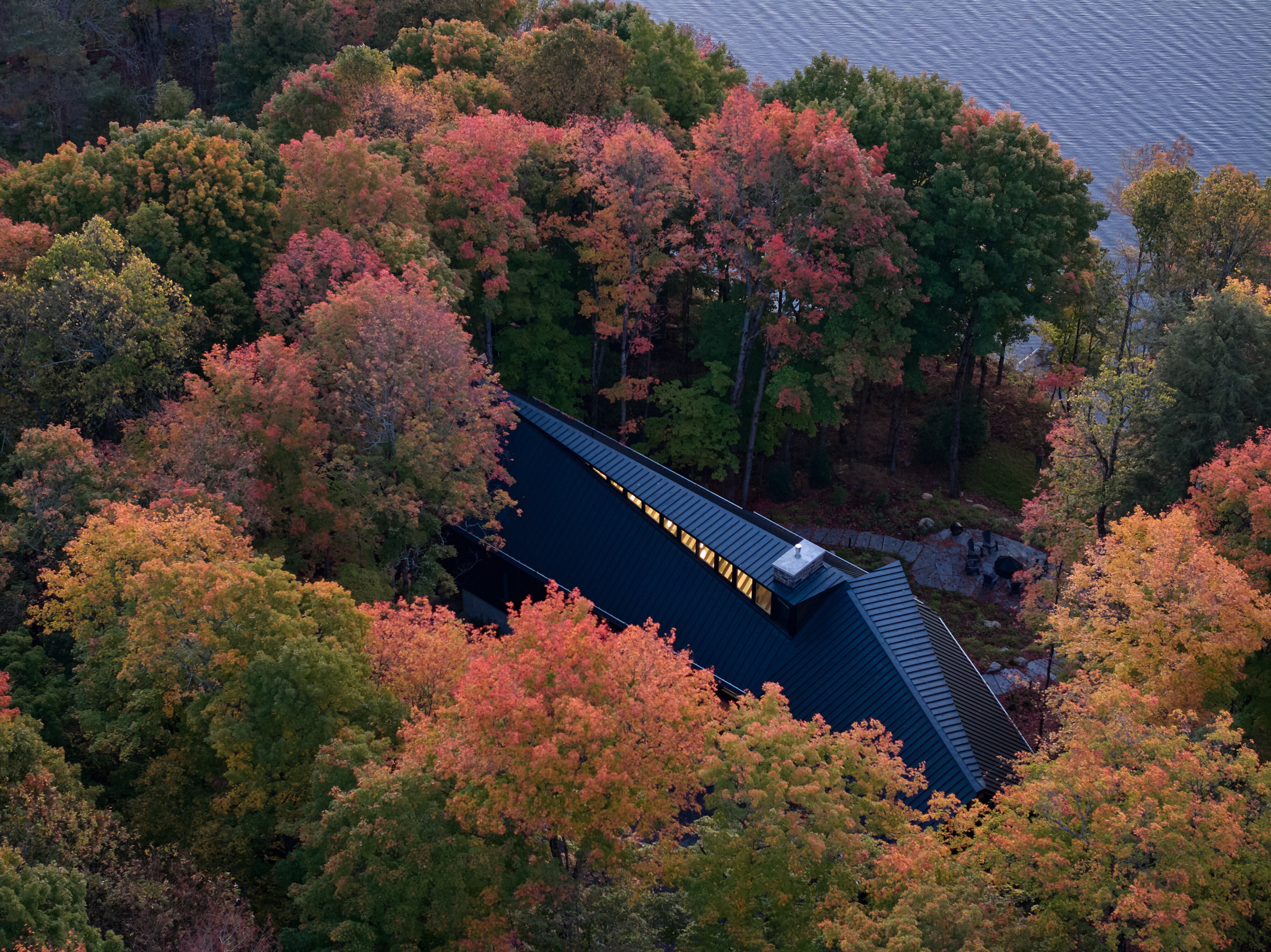 A new lakeshore cottage in Ontario is a spectacular retreat set beneath angled zinc roofs
A new lakeshore cottage in Ontario is a spectacular retreat set beneath angled zinc roofsFamily Cottage by Vokac Taylor mixes spatial gymnastics with respect for its rocky, forested waterside site
By Jonathan Bell
-
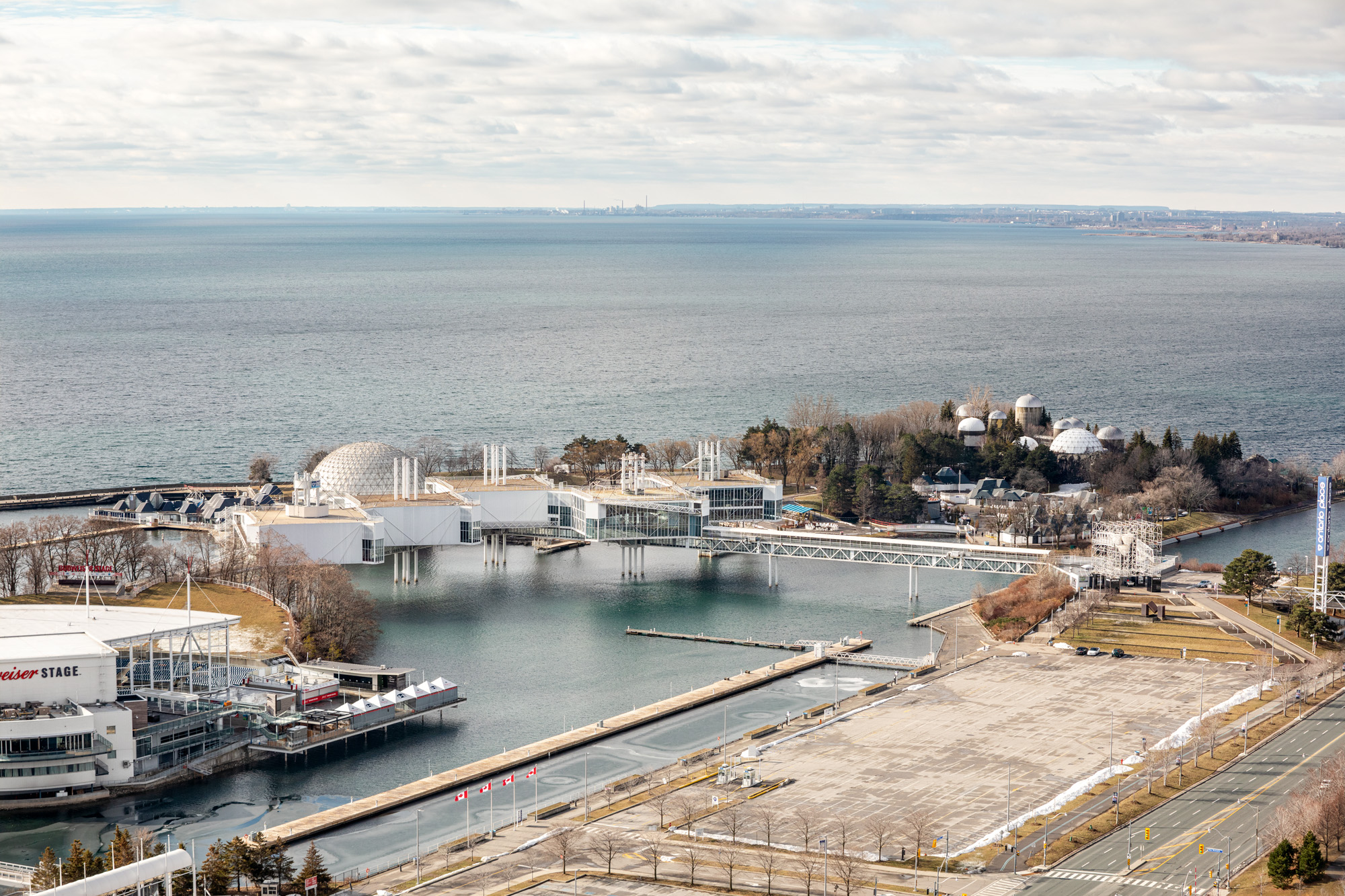 We zoom in on Ontario Place, Toronto’s lake-defying 1971 modernist showpiece
We zoom in on Ontario Place, Toronto’s lake-defying 1971 modernist showpieceWe look back at Ontario Place, Toronto’s striking 1971 showpiece and modernist marvel with an uncertain future
By Dave LeBlanc